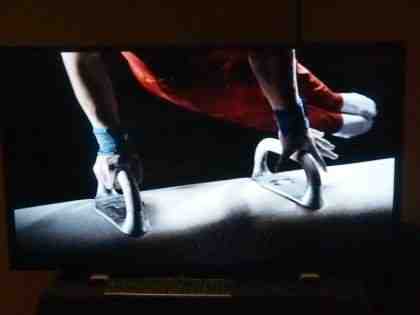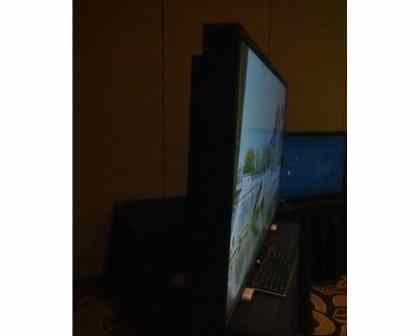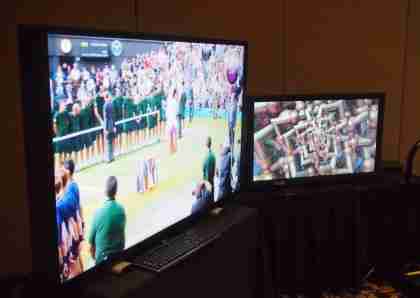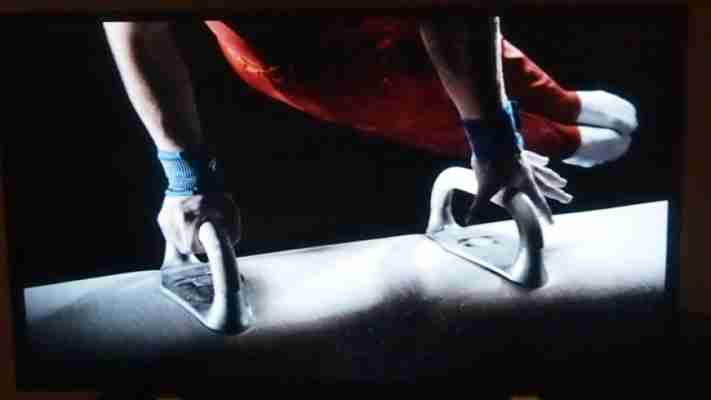Amongst the big-hitters at CES every year are some smaller companies with some very good technology. Today we saw Stream TV present a prototype 4K TV with glasses-free 3D and it looked pretty good. We had some reservations, but then we’ve had reservations about glasses-free 3D from big players such as Toshiba too.
All the 3D TV systems you're likely familiar with use some form of stereoscopic trick - sending different images to each eye to create a 3D illusion. Passive and active glasses do this by blocking a portion of the light going to each eye, while most glasses-free systems track the viewers head and then send the appropriate image to the appropriate eye.

We can't show it here of course, but some of the demo footage looked pretty good
Ultra-D is a completely different way of doing things, and though the company is unwilling to discuss the exact technical nature of the system, it's more akin to the holy grail of a holographic display, than it is to stereoscopic systems.
Ultra-D was demonstrated both at a press conference and on the show floor at CES. And it does undeniably work. You get a 3D effect, without glasses, with any number of people watching, and from any angle to the screen (within reason). That's more than we can say about any competing system we’ve seen.
The effect is still a little rough around the edges admittedly, there’s occasional areas of blurriness and the image seems to shift and blur if you move your head around, but it’s still impressive. It was shown working with movies, games and connected to a 3D camcorder.

The depth of the displays will put off some consumers
The clue in how it works comes from the girth of the displays, now these are only prototypes but w talked to one representative of the company and he said the screens would never be very thin. He went to say that as well as the usual panel there was a refractive layer in the TV – which we presume has to be a certain minimum distance from the panel behind.
This layer must be what is creating the 3D effect. On the screen we saw it was set to be most effective from around 10ft away, though a representative said that could be adjustable in retail sets. Our only other clue is that he made reference to a holographic type of display, but we’re still not clear on exactly how it all works.

It works on both big 4K screens as well as more modest Full HD ones
One thing is for sure, there’s no loss of brightness here and the lack of head tracking means there’s no limit on the number of people watching, or reduction in resolution as the screen has to divide its resources between them.

